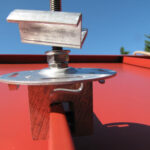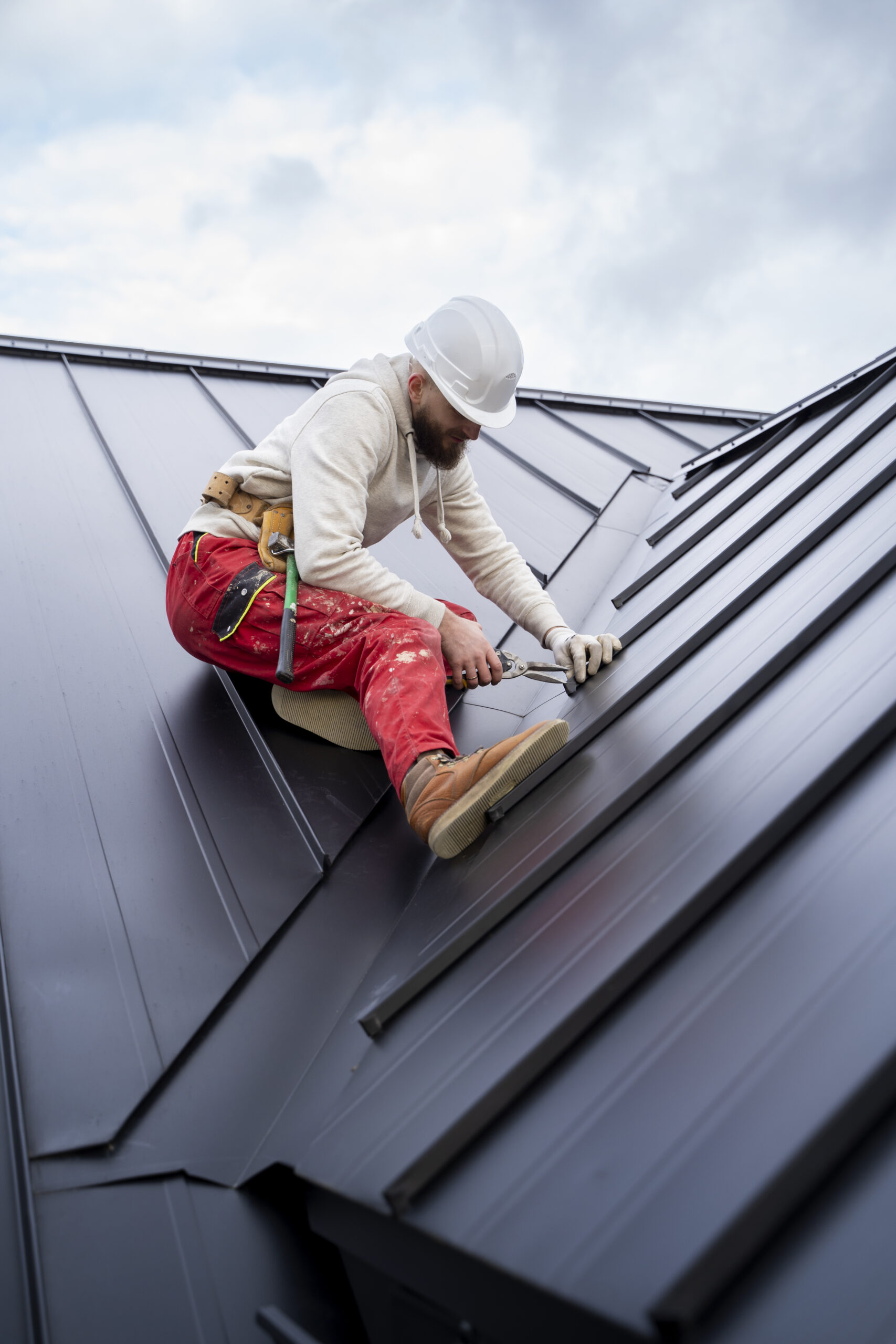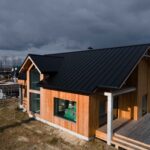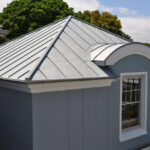How Solar Panels are Attached to Metal Roofs
September 27, 2018 | By Mike Gonet | Filed under: Blog, Solar Energy
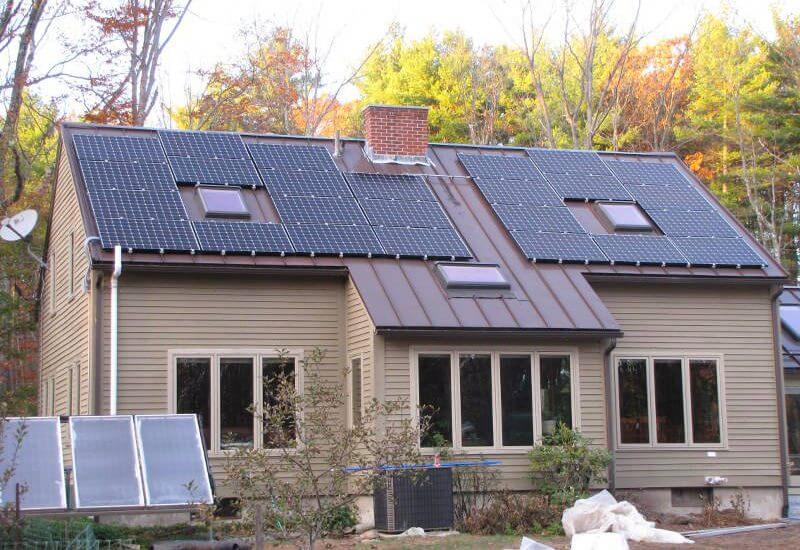
In most cases, installing a solar energy system requires screws in the roof to attach the rail upon which the solar panels sit.
Homeowners worry a lot about poking screw holes in their roofs. I get it. I’m a homeowner too. I’m here to tell you, don’t worry. New England Clean Energy has been installing solar electric systems on metal roofs for years, and we’ve put solar on more than a thousand homes overall. I can count the number of roof leaks we’ve encountered on two hands. Installing solar on a standing-seam metal roof doesn’t even require screws in the roof. The rails are mounted directly to the seam itself. Our crews love these roofs!
Corrugated & Shingled Metal Roofs
Other types of metal roof do require screws. In those cases, penetrations are closed using our Triple-Seal Roof Mount, and any roof leaks related to the penetrations we made are covered under our long-term Workmanship Warranty.
The challenge isn’t making a clean penetration and sealing it up perfectly. It’s knowing where to make those penetrations, even for our very experienced crews. It’s important that the screws line up with the rafters — those solid wood beams in your attic — for maximum stability and strength.
With asphalt shingles, finding rafters is easy—we just tap on the roof until the deeper sound tells us we’ve hit a rafter. With corrugated and metal shingle roofs, it’s more difficult.
When we go up on a roof, our first step is installing “sky hooks” or anchors for our safety gear. We have a special anchor designed specifically for use on standing-seam metal roofs. The second step is locating the rafters.
Rafter Location Methods
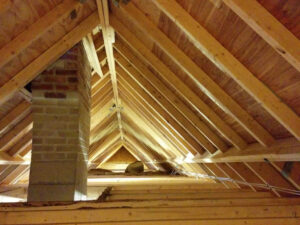 If the attic is unfinished, we send a spike up through the roof right next to the rafter. The crew on the roof then marks off all the rafters based on distance from that first rafter. This system is quite accurate, although there is a little trial and error since New England houses expand and contract with temperature changes, as any homeowner here knows.
If the attic is unfinished, we send a spike up through the roof right next to the rafter. The crew on the roof then marks off all the rafters based on distance from that first rafter. This system is quite accurate, although there is a little trial and error since New England houses expand and contract with temperature changes, as any homeowner here knows.
If the attic is finished, it gets trickier. Sometimes the roof’s ridge cap can be removed easily, revealing the rafters. Sometimes we pull off a bit of the soffit (the little overhang at the edge of your roof) and find a rafter that way. Then we run a chalk line up to the peak of the roof, and measure off the other rafters. (When done, we repair the ridge cap or soffit, of course.)
If none of those options work, we have to get really creative or resort to trial and error based on our best judgment.
The Ideal Way
If you’re installing solar and a metal shingle roof at the same time, our crews can coordinate with the roofing crew for an easier process. Rafter locations are marked while the roof is stripped, which is a huge time-saver and reduces the margin of error to zero. And if the roofer’s staging is available for our crews, that’s a luxury for us!
So consider going solar and metal at the same time. You’ll end up with two energy-efficient, environmentally responsible products that will give you years of protection and satisfaction along with significant cost savings.
If you’ve already got a metal roof and want to add solar, don’t worry. New England Clean Energy’s methods, experience and warranties have got you covered.
